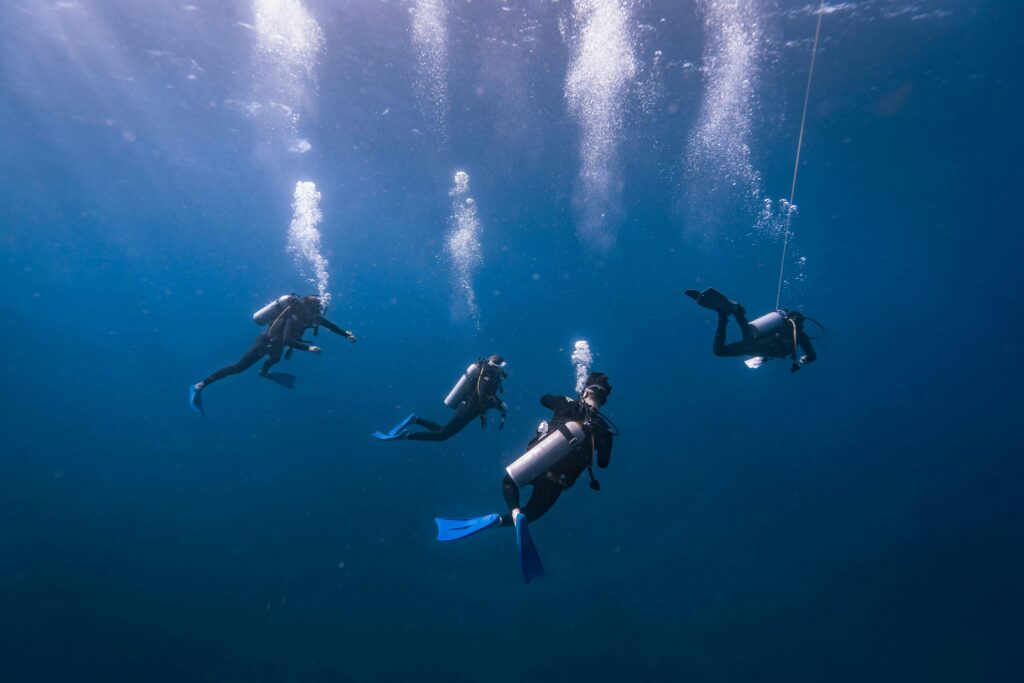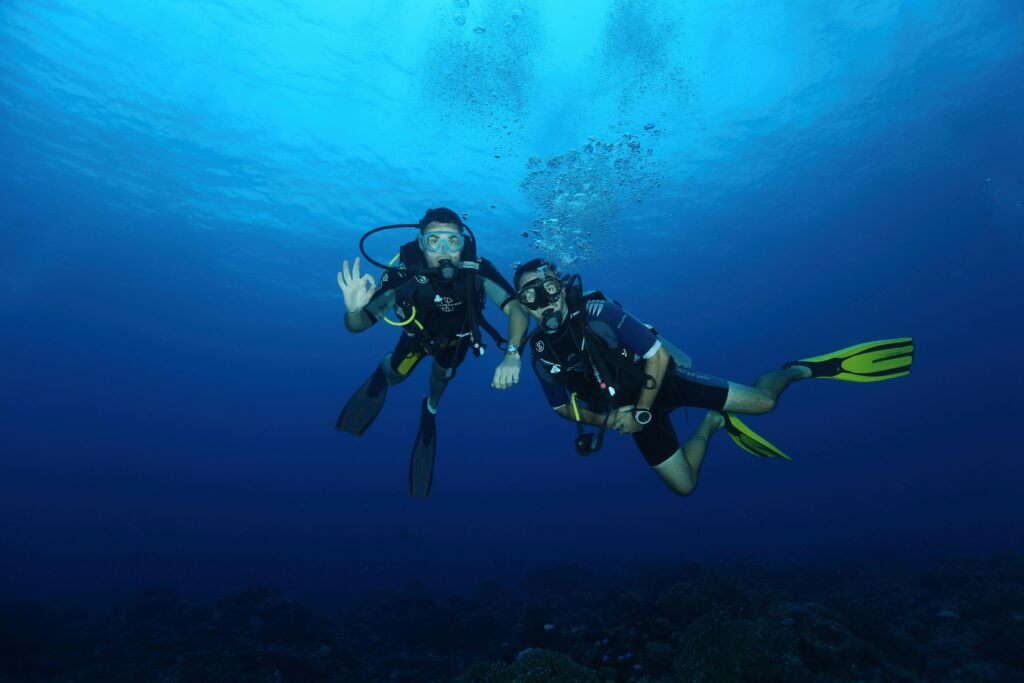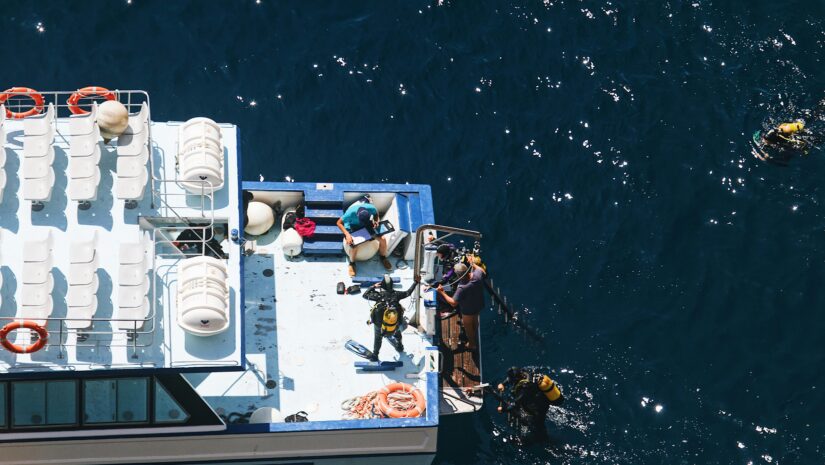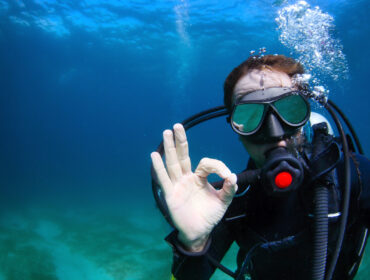SCUBA diving is a sport that has benefited immensely from advances in technology, particularly in the area of safety. Buddy breathing, once a critical skill, is one such example. Pressure gauges quickly replaced J-valves, and automated inflators took the place of CO2 inflators designed for single use, all of which contributed to safer diving experiences.
However, many of the tried-and-true techniques honed by divers in the past have become outdated as new equipment emerged. This raises the question of whether some of the manual skills required of divers in the past remain relevant in today’s underwater exploration. For example, buddy breathing was once a foundational skill for competent divers.

Divers face situations where their primary air source could be compromised. Buddy breathing was the method that could prevent a life-threatening situation. Today, modern divers rely on alternate air sources when things go wrong. So, this leads many to believe that older skills are no longer useful. Nevertheless, no technology has ever proven itself completely flawless.
What to Consider
When it comes to diving, there is a variety of dangers that divers face. In order to be prepared, a diver should work hard to have a lot of safety measures at their disposal. Having the ability to supply both yourself and a partner with air from a single regulator during an out-of-air situation is an invaluable skill that should never fall by the wayside.
These skills are also training-dependent, meaning that excluding them from the foundation of diving techniques would leave people operating completely on instinct rather than tried and true methods. The more training one receives in the practice, the easier it is to remain calm in an emergency situation. For example, when one is required to employ timing and teamwork in a steady and consistent manner.

Being as safe as possible while diving means receiving the proper training in both buddy breathing and the use of an octopus unit. While buddy breathing is still alive and well in high-level certification and specialty training, its value should not be discounted in recreational practices as well.





